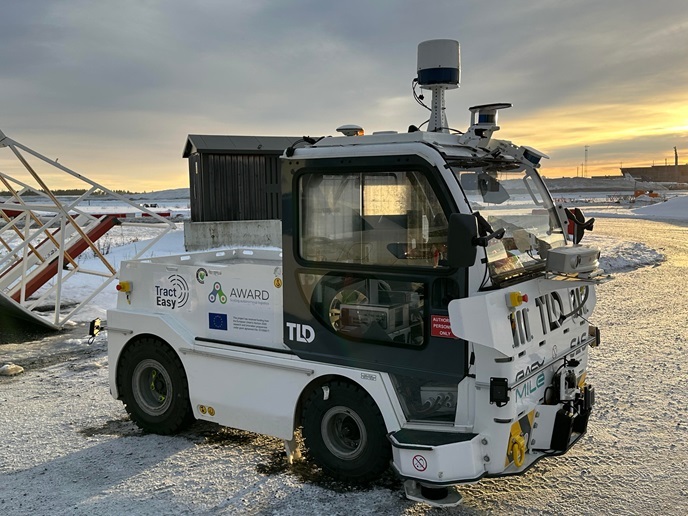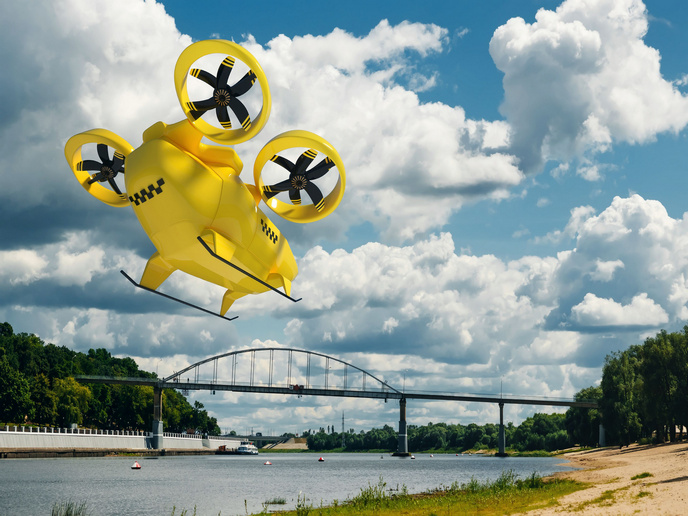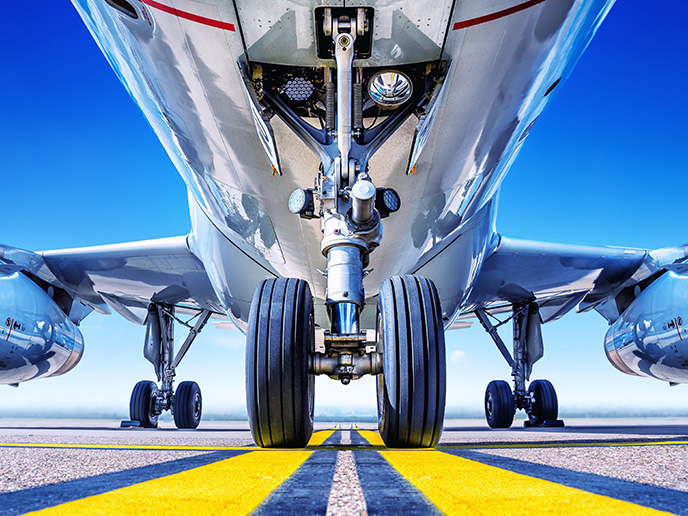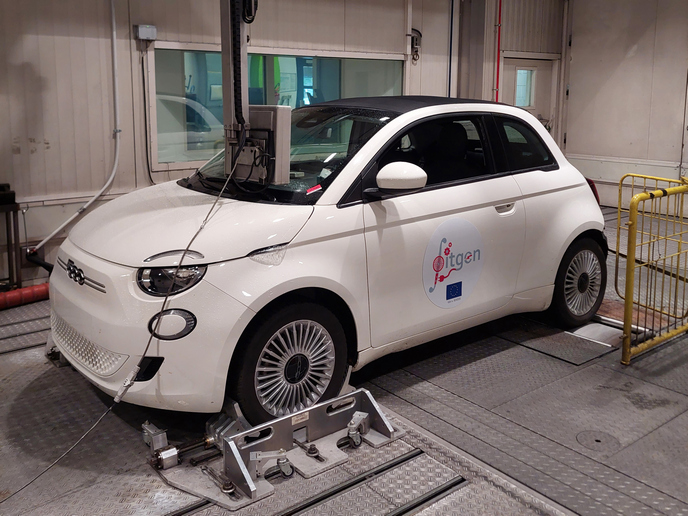All-weather sensors see driverless freight vehicles roll out at airports, ports and logistic hubs
Automated vehicles for carrying freight in ports and airports, and between logistics sites, must be able to safely and efficiently operate under varying, often extreme, environmental conditions. The AWARD project leveraged available sensing devices and cutting-edge software to develop a solution that can meet the challenges of the most exacting conditions. After extensive testing in real-world conditions, the project lead EasyMile has successfully deployed the technology at various client sites. “We are demonstrating how our sensor fusion technology for reliable and scalable autonomous systems can transform supply chain operations, increasing efficiency and reducing environmental impacts,” says project coordinator Magali Cottevieille, innovation funding manager at EasyMile.
Automated driving system architecture
AWARD aimed to deliver advanced situational awareness for level four of driving automation vehicles, which includes those operating without drivers in controlled spaces. After extensive testing with various configurations, AWARD designed a sensor array, mountable on vehicles, which included cameras, radar and lidar. The incoming sensor data is filtered to remove unnecessary information, before fusing the various data streams into one information source for the vehicle. The technology was tailored for heavy-duty vehicles across four use cases: airport operations, especially EZTow, which tows baggage carts; roll-on/roll-off port terminals, for instance with EZTug for container transfer and vessel loading; hub-to-hub freight transport (including the KAMAG ‘swap-body truck’ operating in factory areas and on public roads); and warehouse operations with pallet and forklift automation.
Real-world testing
Testing under real-world conditions took place across several sites, including EasyMile’s test facilities in Toulouse, the Digitrans Austrian testing site, and at customer premises. As a certification body, project partner CertX helped ensure compliance with safety regulations. “We successfully integrated EasyMile’s autonomous driving kit on four diverse vehicle types, each tailored to unique operational environments including our hub-to-hub scenario which extended to vehicle communication with infrastructure sensors,” adds Cottevieille. EZTow, the industry’s first driverless electric tow tractor, was tested in snow at Oslo Airport to see if it could streamline operations. When assigned to tasks such as towing baggage carts, it performed consistently well, significantly reducing operational delays, when compared to human workers. “The technology’s performance exceeded our expectations, but challenges related to public road regulations underscore the fact that even if the technology is ready, deployment should prioritise private sites for now,” notes Cottevieille.
Building more sustainable supply chains
AWARD’s system supports the EU’s goal of reducing the carbon footprint of supply chains, while increasing efficiency and lowering costs. The system is also applicable to other automated electric vehicles. “Adapting our technology to a range of supply chains will help ensure increased resilience and sustainability, while boosting European innovation, investment and upskilling,” explains Cottevieille. AWARD’s technology is already being commercialised by TractEasy, with EZTow deployed at various customer sites through the joint venture between EasyMile and vehicle manufacturer Alvest/TLD. Deployment includes major airports, including Singapore Changi and Narita International Airport in Japan. The technology is also supporting the assembly operations of European and American industrial sites, including the BMW Group Plant in Dingolfing, Germany and the Daimler AG Truck Assembly Plant in Wörth, Germany. To scale further, the team continues to refine their sensors’ performance, while also integrating advanced deep learning techniques to enhance the system’s adaptability and reliability. “Longer term we will develop a fully integrated freight/fleet management system, which collates information from subsystems, like other vehicles and road sensors, to coordinate operations more widely,” adds Cottevieille.
Keywords
AWARD, logistics, automated, vehicle, sensor, algorithm, freight, fleet, airport, cameras, radar, lidar, driving, level four







